Range week is about a 3-week phase of instruction that comes right after your first slew of basic classes (those last about a week or two), the first major exam, and right before MCMAP week. As the name implies, the ultimate objective of range week is to make you proficient at marksmanship with the M-16 service rifle and the M9 service pistol. It’s much more than that though, and it will be amongst the most demanding weeks of your military career thus far.
During range week you are instructed by enlisted Combat Marksmanship Instructors (CMTs). The CMTs are extremely good at what they do, and part of the criteria for being selected is that they are combat veterans. You’ll benefit greatly from their instruction.
The first week isn’t that bad. It’s basically just classroom instruction. You remain on the TBS campus throughout the week, go to class all morning, and go to an open field in the afternoon to “snap in.” Snapping in is basically dry firing your rifle and pistol to practice technique, carry, and form. Your enlisted coaches will walk up and down the line giving you tips on how to improve your stance, grip, trigger control, etc. As boring as this sounds, it’s extremely important. Building good habits here will make you shoot a lot better in the following weeks.
At the end of the first week, the real range week begins. That Friday you begin a daily routine that will last for the next two weeks. You wake up at 0330, attend “mandatory chow” at the chow hall (i.e., you have to go to breakfast, which means the entire company is lined up trying to squeeze through two chow lines), put a bunch of weight in your pack, and step off down a 3-mile trail to the range. It’s a pretty hilly trail, and you will take it extremely fast. By the time you arrive it’s about 0600. Then you spend all day on the range. Finally, just as it’s beginning to get dark, you make the hump back to the barracks. By the time evening formation is over, you won’t have time to do much. Prep your gear and hit the rack if you intend to wake up the next morning and be functional.
 Rinse and repeat this for about two weeks. Every day you add more weight to your pack, and every day the lack of sleep makes you a little more exhausted. The takeaway here: range week will be mentally and physically draining. Be prepared to do nothing but Marine stuff for a good two week period, as you won’t have time to do anything else.
Rinse and repeat this for about two weeks. Every day you add more weight to your pack, and every day the lack of sleep makes you a little more exhausted. The takeaway here: range week will be mentally and physically draining. Be prepared to do nothing but Marine stuff for a good two week period, as you won’t have time to do anything else.
Now, the shooting part of range week can actually be pretty fun. A lot of this will depend on the weather of course. Those of you shipping in Bravo Company (the January class) will experience the joys of Quantico in February, which is universally considered to be the coldest, wettest month of the year here. Those of you shipping in the summer months will of course enjoy the swampy heat of the Quantico summer. Shooting is all well and good, but standing outside in the elements all day will sap your motivation and your desire to shoot at all. That said, it’s important to dig deep and keep your motivation at this point. Your score on qualifications day is counted in your overall score at TBS, and of course it affects what marksmanship badges you get to wear.
Qualifications
You can get three badges for rifle and pistol:
- Marksman – aka “pizza box,” which you get by barely qualifying
- Sharpshooter – maltese cross
- Expert – crossed rifles or pistols; this should be your goal
AVOID MARKSMAN LIKE THE PLAGUE.
Your rifle qualification derives from two scores: Table 1 and Table 2.
Rifle Qualification
Table 1
Table 1 is essentially “classical marksmanship” type stuff. For instance, one of the events of table 1 is to take 15 well-aimed shots in 20 minutes from the kneeling, standing, and sitting positions. You can really take your time and focus on shooting. Not very practical, but it teaches you the fundamentals of marksmanship. The distances for Table 1 are 200, 300, and 500 yards. This seems like a long way, but you will be shooting with a scope throughout your time at TBS, which seriously helps with dealing with distance.
Table 1 is fairly difficult at first, but applying what the coaches tell you will drastically improve shooting.
Table 2
Table 2 is focused on combat shooting. It’s conducted at close range (about 30 yards or so), and is shot at human-shaped targets. You conduct drills such as “failure to stop” (two in the chest, one in the head) and other more practical exercises.
Table 2 can be extremely easy for those who take the advice and couches and practice.
These scores are then added together, and you get your rifle qualification.
Pistol Qualification
Pistol qualification consists of just one course of fire. Every drill is conducted from the holster and timed, so you basically learn how to quick draw from the holster, sweep the safety as you bring it up, and take aim quickly.
You also conduct speed reloads, failure to stop drills, and other fun stuff. Pistol was difficult for a lot of people since it’s such an unstable platform.
On the last night of range week you conduct a night shoot with lasers and NVGs before bivouacing at the range. You wake up the following morning, shoot all day again, conduct another night shoot, and then conduct the 6-mile hump. The pace was pretty reasonable, but the pack made it a lot more difficult.
The Bottom Line
If you take away anything from this let it be these 3 points.
- Do exactly what your marksmanship instructors tell you and you’ll do fine.
- Get used to being uncomfortable; you will be uncomfortable nonstop at the range.
- It would behoove you to prepare for TBS by doing humps with gradually more weight to prepare for the huge pack load at TBS.

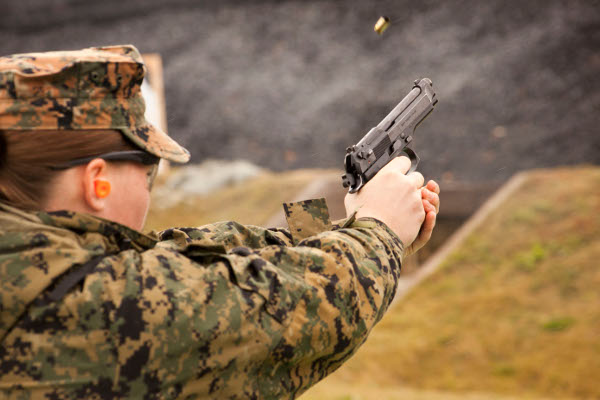


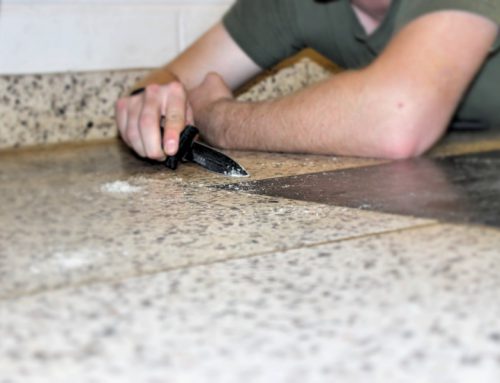
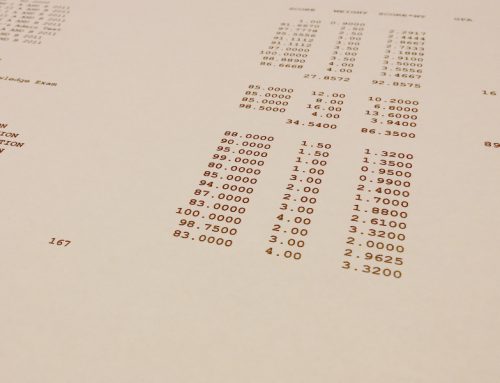
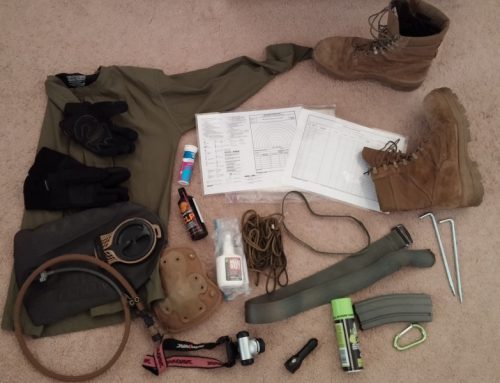
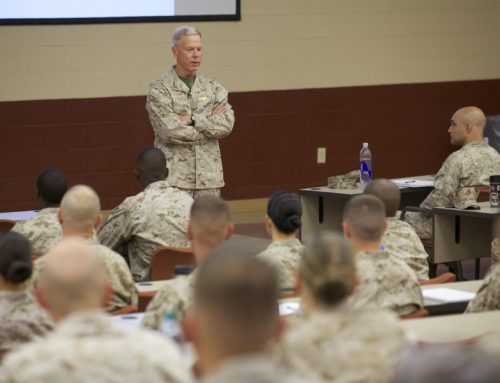
What would you say the specifics are RE: the weight of the pack at both the beginning and end of the training phase?
It depends on the event. If your going to the field for a week, a 100+ pound pack is standard. A regular hike will be a 60-70 pound pack not including rifle and flak.